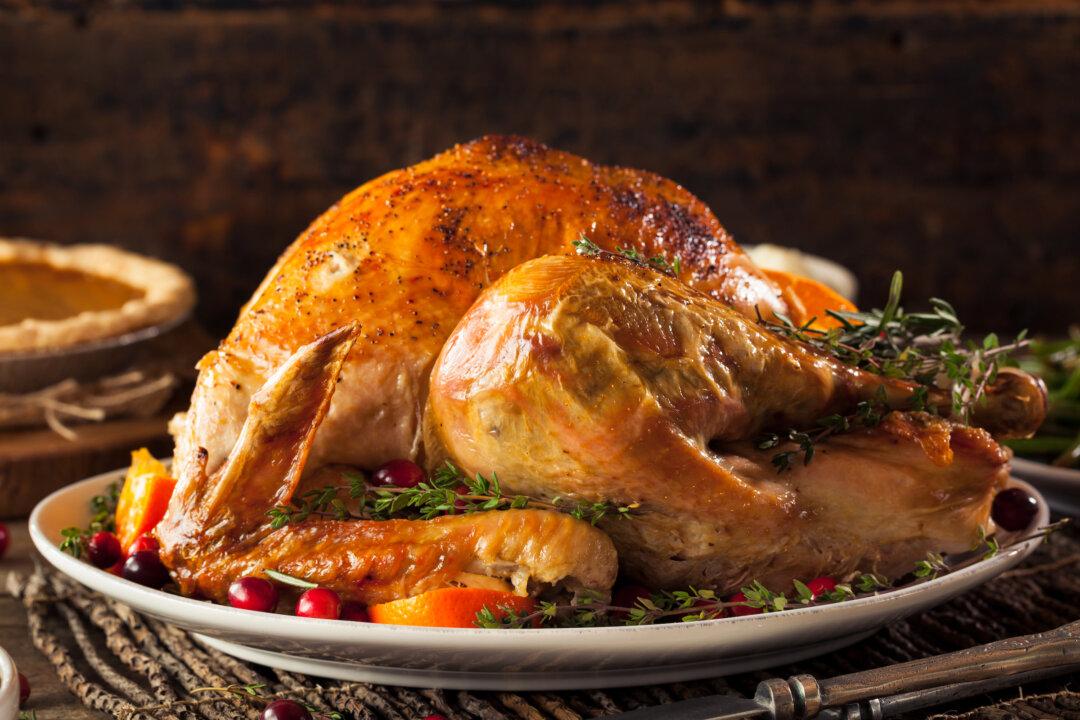NEW YORK—In Hunters Point, Queens, in a building tucked among derelict warehouses and factories, remnants from the Long Island City neighborhood’s industrial past, hundreds of wheels of cheese are quietly coming of age.
They sit silent and still, but imperceptible to the human eye, they’re bustling with activity. Whole communities of living microbes—mold, bacteria, yeast—are busy at work on their surfaces. Human hands fuss over them, too, intervening to flip, brush, or wash them every few days. With time, the cheeses grow rich with flavor.






